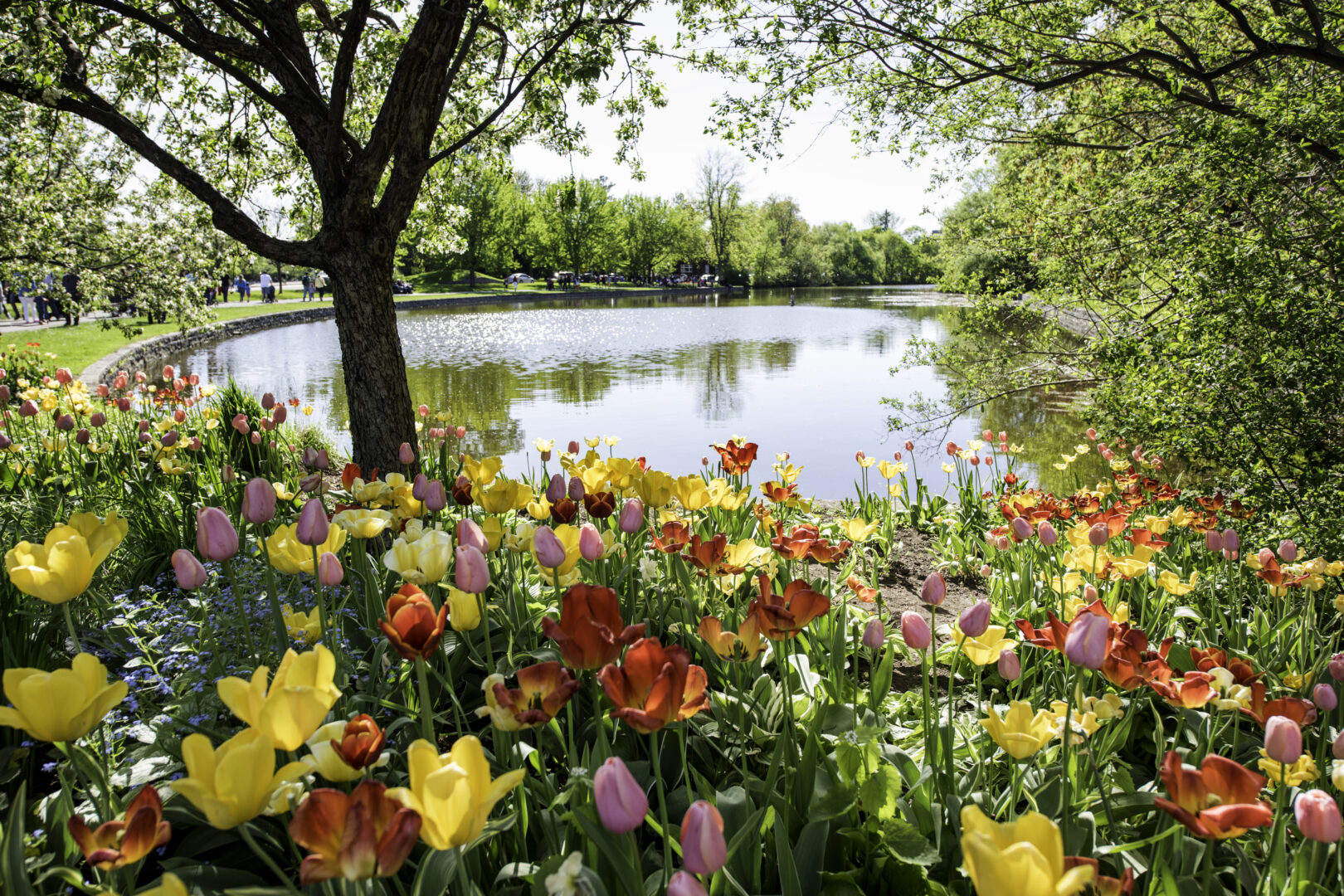
Ottawa, Canada

Ottawa, Canada

Ottawa, Canada
Airdate: May 24th, 2023
Mother’s Day has always been a mile marker for planting gardens and plants and flowers that are susceptible to frost. There have been thoughts that a changing climate may move that date up a couple weeks but then May 2023 came along with two frosty nights last week that had everyone rushing outside to cover their sensitive plants.
What are we to do?
Horticulturalist Erica Jo Shaffer was on The Spark Wednesday and said temperatures in the 40s can damage some plants and flowers, even if there isn’t frost,”A lot of the annuals that we’re planting and some of the vegetables we’re planting are not made to see the forties. So things like eggplant, your cucumbers, even things that you wouldn’t expect, marigolds of all they grow in Africa. Right. Like the marigolds too. And so it doesn’t necessarily have to be a frost for it to hit a cold temperature that the foliage or the flowers are not used to that cannot they can’t handle it.”
How can those plants be protected? “If you’ve planted your cucumbers already, your squashes, if you’ve got old empty nursery pots and they’re not too big, I’d put them over top of them just for the nights, you know, during the day you don’t want to leave them on because the sun will still heat that up.”
Central Pennsylvania hasn’t gotten a lot of rain recently and Shaffer indicated plants should be water during dry conditions,”The things that you’ve planted, especially your trees and shrubs that you’ve got in now, you really have to be watering them. A lot of people will put them in and forget to water them. And then we’ve got on the other side of the coin, we have the people who are mothering them and watering them every day so they don’t live in swamps. So you can actually kill a plant by over watering. And then we’ve got the person that’s in between that gives them a little bit of water every day. And what that does is it causes the root system to actually grow up higher, to get to the water, and then they’re less drought tolerant as the summer comes on. So when you first put your shrubs in or your trees twice a week, watering thoroughly for at least a month and then switch off to once a week thorough, thorough, thorough, like say you bought a tree that six feet tall, I would say that’s two gallons of water.”
Shaffer was asked about fertilizing plants and flowers,”I personally I like the more organic fertilizers like fish emulsion and liquid seaweed. The the chemical fertilizers don’t do anything for your soil. And once you get like really your thumb starts turning green, it’s all about your soil. So if you use the organic and also very, very established organic fertilizer company in our area is called Espoma. So you can get Espoma garden tone or Espoma made a tone like everybody sells it and you just scatter handfuls. It’s very long lasting. The liquid seaweed and fertilizer would be more for the people that like to mix it up in a watering can and give each one of them a drink. But if you use the chemical fertilizers, which would be Miracle-Gro, a lot of times what you’re going to get is really fast growth and you’re going to get a false sense of what’s going on because they’re going to grow so fast that you’re going to get mostly foliage and they’re going to be so lush, you’re going to get mostly aphids because they love that lush. So it’s a slower growing thing when you use the organic, but the benefits that you’re not noticing as quickly, the better soil, the higher worm, you know, the worms are providing you fertilizer then, and a sturdier growth is like 100% worth it.”
The days of journalism’s one-way street of simply producing stories for the public have long been over. Now, it’s time to find better ways to interact with you and ensure we meet your high standards of what a credible media organization should be.